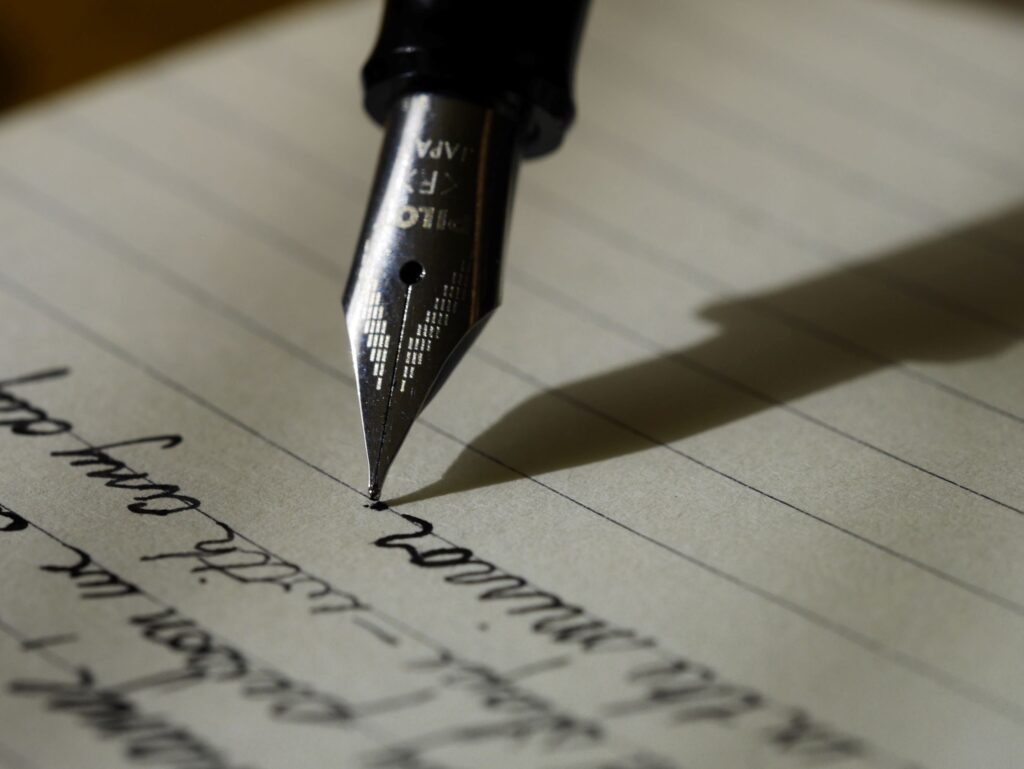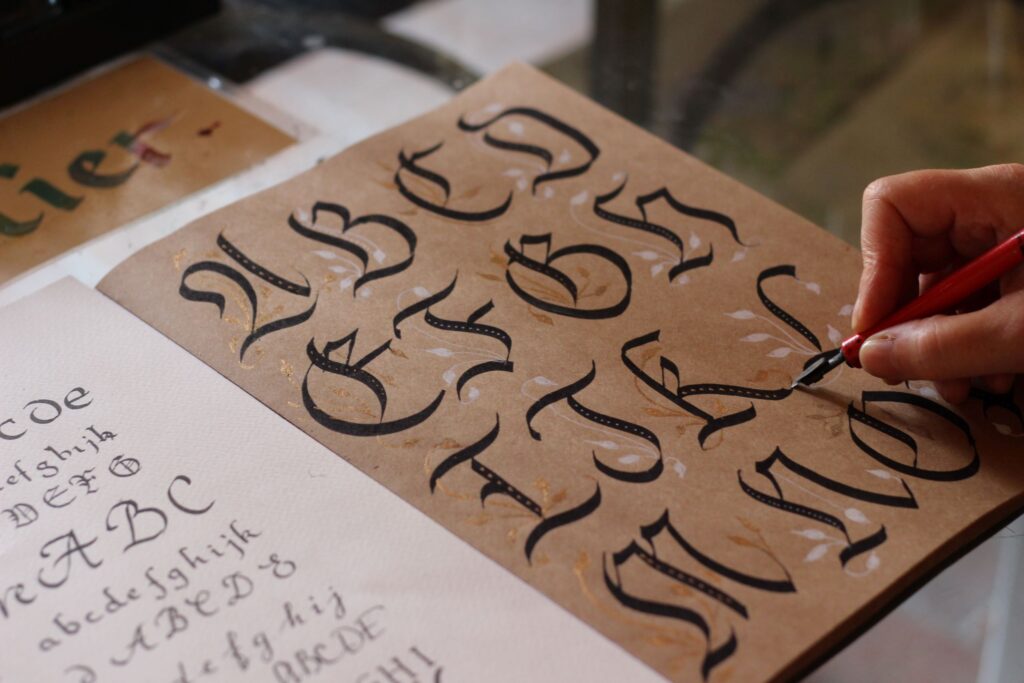The art of calligraphy is increasingly being recognised as an unexpected tool for brain enhancement, improving memory, learning, and mental wellbeing. At a time when digital interfaces dominate, an episode of the podcast, Wellness Curated, explored how the seemingly old-fashioned act of writing by hand can stimulate unique neural pathways, promoting cognitive benefits and a sense of calm

In today’s digital age, where keypads and screens have largely replaced pen and paper, writing by hand may appear as a charming, yet outdated practice. However, emerging research suggests that the art of hand lettering extends far beyond its aesthetic appeal – it carries the potential to boost cognitive function, enrich memory, and amplify learning capabilities.
More than words

Counselling psychologist Namrata Jain, who not only practiced but also taught calligraphy during her college years, can vouch for its therapeutic merits. As her engagement with this art form evolved from a casual hobby into a professional pursuit, she discovered its inherent capacity to alleviate stress for both her students and herself. “My students shared that they not only enjoyed writing by hand, but that it helped them heal certain health conditions. For instance, a 55-year-old participant noted that her memory had considerably improved over several months of practicing calligraphy. Furthermore, knee pain that had persisted for three years began to recede. All of this is evidence of calligraphy’s healing properties,” she adds.
Sanjana Chatlani, the founder of The Bombay Lettering Company and an accomplished calligrapher with a long line of celebrated clients, speaks to a similar transformative experience. “Calligraphy has changed my life over the past five years in small but significant ways,” she shares on my podcast. As an avid tennis player, Chatlani found herself pleasantly surprised when a hiatus from the sport, filled mainly with calligraphy, resulted not in decay, but enhancement of her game. The principles she employed in calligraphy translated seamlessly onto the court, she says, boosting her hand-eye coordination, focus, and meticulousness. Chatlani noticed these improvements percolating into her daily life, improving her overall attention to detail, cognitive grasp, and inducing a sense of tranquillity. She also mirrors Jain’s sentiment, reporting that her students have found calligraphy a potent tool for managing anxiety and honing precision.
Why does it work?
Psychologist Arti Shroff underscores the holistic benefits of handwriting as a catalyst for enhancing cognitive functioning through calligraphy. “Numerous studies substantiate that both children and adults can bolster their learning and memory retention through handwriting,” she explains. The tactile process of writing by hand engages multiple senses, stimulating multiple sensory pathways in the brain —the pressure exerted onto the paper, the visual formation of letters, and the associated auditory cues. These sensory interactions foster connections across various brain regions, fostering learning. Additionally, handwriting fine-tunes the brain’s control over motor skills and sensory integration, she posits.


Psychologist Arti Shroff underscores the holistic benefits of handwriting as a catalyst for enhancing cognitive functioning through calligraphy. “Numerous studies substantiate that both children and adults can bolster their learning and memory retention through handwriting,” she explains. The tactile process of writing by hand engages multiple senses, stimulating multiple sensory pathways in the brain —the pressure exerted onto the paper, the visual formation of letters, and the associated auditory cues. These sensory interactions foster connections across various brain regions, fostering learning. Additionally, handwriting fine-tunes the brain’s control over motor skills and sensory integration, she posits.
Jain adds, “The act of writing by hand involves complex spatial and tactile information, which stimulates multiple sensory pathways in the brain. This multisensory experience is believed to contribute to better encoding and retrieval of information, leading to improved memory performance. Research also suggests that writing stimulates networks in the left side of the brain. The left side of the brain is typically associated with language processing and analytical thinking. By engaging in the deliberate and precise movements required for calligraphy and handwriting, calligraphers activate and strengthen neural networks in this region, potentially enhancing cognitive functions such as language processing, attention to detail, and problem-solving skills,” Jain explains. She adds that practicing calligraphy can lead you into a state of meditation (often referred to as flow state), which reduces stress and calms the mind. The repetitive and rhythmic movements have a soothing effect on the nervous system, helping to alleviate tension and anxiety. This can also help the body to recover from injury and illnesses more efficiently. To optimise the benefits of calligraphy, she recommends combining it with reflective journaling, or writing down your positive and negative experiences from each day that you can self-reflect on and learn from. A reflective journal can help you to identify important learning events and give you a better understanding of your own thought processes. By combining this practice with calligraphy, you can deepen the therapeutic benefits of both.


Beyond the functional facets of handwriting, calligraphy involves a unique artistic component that inspires optimism and hope among its enthusiasts. A 2019 study in the Journal of the American Art Therapy Association posits that the decision-making inherent in artistry—from selecting tools to colours—invigorates the mind to envision limitless possibilities and envision one’s desired future.
Embracing the ancient art of calligraphy in our tech-driven world is, thus, more than just a nod to tradition; it’s an invitation to a deeper cognitive and emotional experience. By intertwining the beauty of handcrafted letters with the neurological benefits they offer, calligraphy emerges as a transformative practice that enriches both the mind and soul. For more on this, catch calligraphy expert Sanjana Chatlani on Lettering and Brain Function on Wellness Curated.

